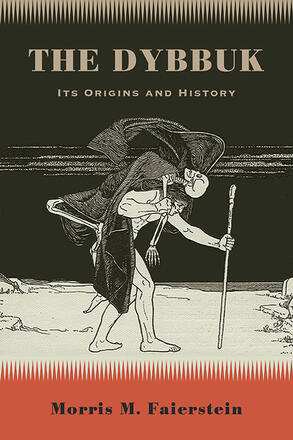
The Dybbuk
Its Origins and History
A comprehensive study of the history and evolution of the dybbuk, from kabbalistic tradition to popular folklore.
Description
The Dybbuk is the first comprehensive study of the historical and kabbalistic sources of the dybbuk phenomenon, from the first recorded case of dybbuk possession in Safed in 1571 onward. Dybbuk possession differs from possession by demons or Satan. Its origin is in the Kabbalistic concept of gilgul (transmigration) for sins that are so grievous that Gehenna is not sufficient punishment, and the soul must therefore wander until expiation is found. The dybbuk can temporarily find refuge in animals or people and can only be exorcised by a Baal Shem, a great kabbalist or expert in Jewish magic. In addition to describing the history and evolution of this concept, The Dybbuk includes English translations of all dybbuk stories discussed in the book, many translated for the first time.
Morris M. Faierstein is an independent scholar. His previous books include Jewish Mystical Autobiographies: Book of Visions and Book of Secrets and The Early Modern Yiddish Bible: From the Mirkevet ha-Mishneh to Blitz and Witzenhausen.
Reviews
"This book offers an excellent overview of the development of the dybbuk phenomenon in Jewish history, bringing to light new primary sources that expand on what has been published on the concept to date. Through superb translations of valuable literary accounts, Faierstein opens up novel, engaging, and highly entertaining narratives to English-speaking readers." — Andrea Gondos, author of Kabbalah in Print: The Study and Popularization of Jewish Mysticism in Early Modernity
"This wonderful book collects and explores, for the first time, the full spectrum of Jewish sources on the dybbuk. The author seeks to understand why and how this phenomenon emerged in sixteenth-century Safed, examining earlier roots and tracing the reception history of the dybbuk into early Hasidism. The book's scope, the huge number of sources included (in translation, some for the first time), and the synchronic history of the dybbuk in Jewish writings are all significant strengths." — Ariel Evan Mayse, Stanford University